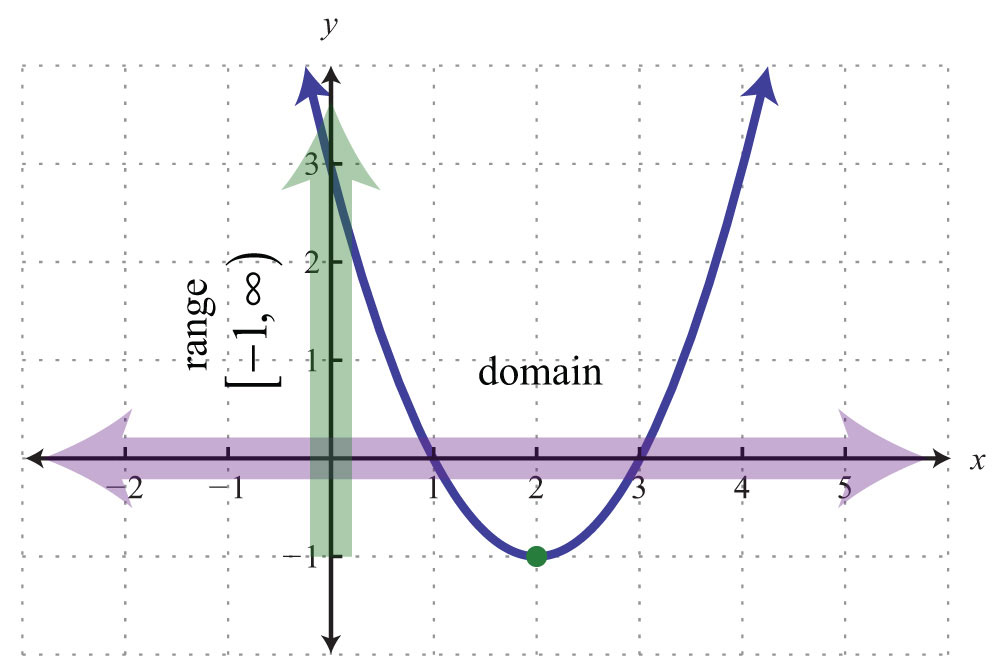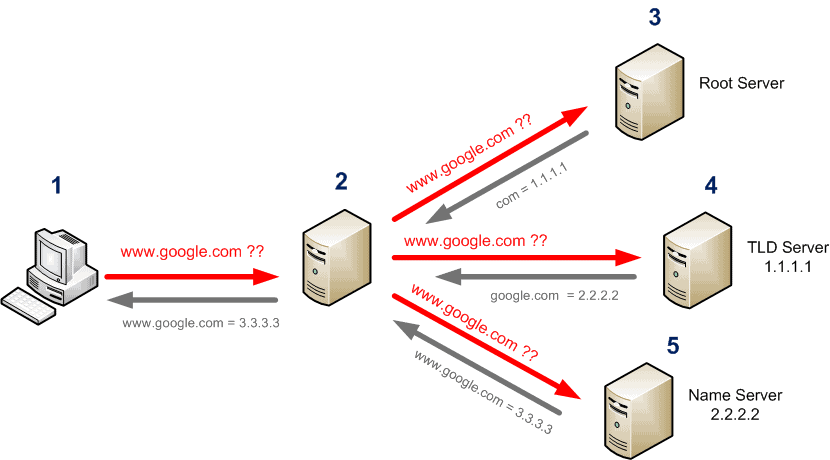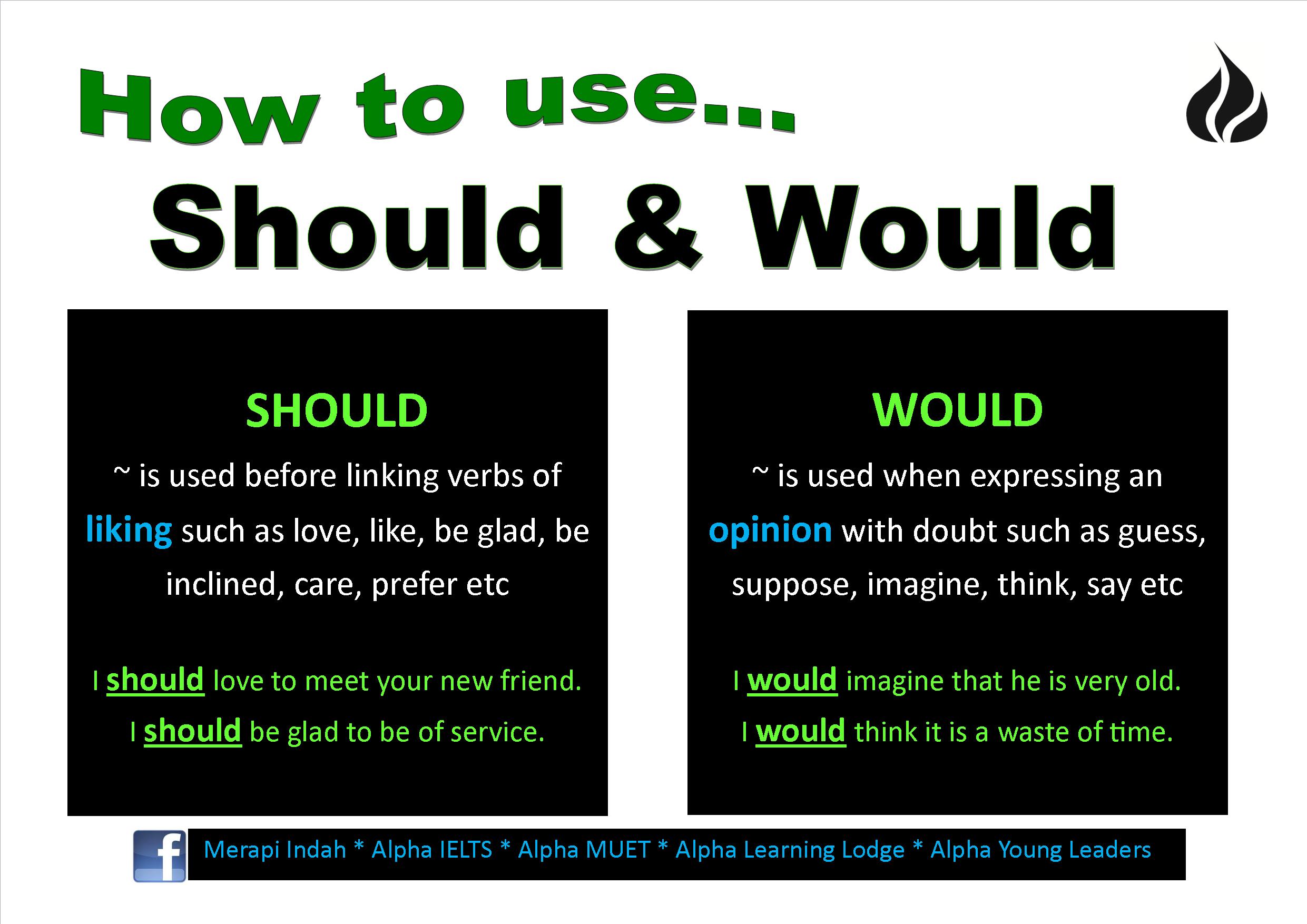
Let's do some example problems
dealing with functions and their domains and ranges. Just as a review, a function
is just an operator-- let's say this function is f; that
tends to be the most typical letter for functions-- that
operates on some input, in this case, the input is x, and
it produces some output y. Or you could view it as you take
some input x, put it into your function box f, and it's
going to operate on it and produce some y. And the set of values that x
can take on is the domain.
The set of values that f can
legitimately operate on, that's the domain. And the set of values
y that f can produce, that is the range. Now, with that in mind, let's
figure out, one, the function definitions for each of these
problems here, these example problems, and then figure out
the domains and the ranges. So here we have Dustin charges
$10.00 Per hour-- so let me write that down-- $10.00 Per
hour for mowing lawns.
So how much does he charge
as a function of hours? So let's say Dustin charges, so
the function, I'll call it d for Dustin. Dustin charges as a
function of hours. It depends on hours. The input into our box
is going to be hours that he worked.
It's going to be equal to the
number of hours times 10. It's going to be 10 times-- I
won't write the times there. Maybe I can just write 10h. And, of course, he can't work
negative hours, so we could write h is going to be greater
than or equal to 0.
That's our function
definition. If you say, hey, how much is he
going to charge for working half an hour? You put 1/2 in here, which
essentially substitutes this h with a 1/2. You do 10 times 1/2. Let me write that down
on the side here.
So Dustin's going to charge
for 1/2 hour. He's going to charge 10--
wherever you see the h, replace it with 1/2-- times 1/2,
which is equal to $5.00. That's our function
definition. I was just showing you an
example of applying it.
Now, let's figure out the
domain and the range. So I almost explicitly say
it here, you can't work negative hours. This number, this function,
is not defined if h is less than 0. So we could say non-negative.
And we could say real numbers,
which it could be everything including pi and e
and all of that. But you can't legitimately
charge someone 10 times pi dollars. That's not a legitimate amount
that one can charge someone in the real world, because at the
end of the day, you have to round to the penny. You can't actually
charge them that.
So any number that he
charges is going to be a rational number. It can be expressed
as a fraction. So we can kind of take out
numbers like e and pi. So if we want to be really cute
about it, we would say non-negative.
Rational numbers. And these are just numbers that
can be expressed as a fraction, which are most
numbers, just not these numbers that just keep not
repeating and all of that. So non-negative rational
numbers is what he can input in here. And then the range, which is
the valid-- once again, whatever number you put in for
h, remember, you can only put in non-negative values for h,
non-negative rational values for h, so whatever numbers you
put in for h, you're going to get positive values for how much
he charges for 10h, for the value of the function.
So once again it's going to be
non-negative, and if you put a rational number here and it's
being expressed as a fraction and you multiply it by 10,
it's still going to be a rational number. And if you want to be really
cute, you could say any number that could be expressed
as a dollar sign. But anyway, I don't want to get
too cute on this problem. I think you get the idea.
Let's do more problems. All right. Here we have Maria doing
some tutoring. Maria charges $25.00 Per hour
for tutoring math with a minimum charge of $15.00.
So Maria charges as a
function of hours. So she's going to charge
$15.00 If you don't get enough hours in. So at $25.00 Per hour, in order
to make $15.00, You've got to work 15/25, so
it's 3/5 of an hour. So if her hours are less than
3/5 and greater than or equal to 0, she's going to
charge $15.00.
Because if she only worked 1/5
of an hour, the bill would have been $5.00, But
she says she has a minimum charge of $15.00. So she's going to charge $15.00
Up until 3/5 of an hour, or 36 minutes. And then after that, for h
greater than 3/5, she's going to charge $25.00 An hour. She's going to charge
25 times h.
So that's her function
definition right there. Now, what is the domain,
the domain for Maria's billing function? Well, once again, this
is only defined for non-negative numbers. And by the same logic we used
here, we got a little cute. We said, oh, she really can't
charge e hours or pi hours.
That's not realistic
for her to measure. Everything's going to be
expressible as a fraction. For example, even 5,
if you say 5 hours, that's still a fraction. That's 5 over 1.
So let's say non-negative
rational numbers. And what's the range of her
charging function or her billing function? Well, it has to be
at least $15.00. No matter what, she's going to
charge $15.00, So it's going to be $15.00 Or more. So it's going to be rational
numbers greater than or equal to $15.00.
There's no situation in which
she will charge $14.00. There's no situation
in which she would charge negative $1.00. Everything's going to be greater
than or equal to 15. So now we have these more
abstract function definitions, so now can stick really
any number in it.
Well, we're not going
to deal with complexes, any real number. But let's see if they limit
it a little bit. So we have f of x. Let me rewrite it.
F of x is
equal to 15x minus 12. So what's the domain here? What's our domain? Well, I can stick any real
number x in here and I'm just going to multiply it by 15
and then subtract 12. I could put pi there. I could put the square
of 2 there.
I could put e there. I could do all sorts
of crazy things. So I'm going to say
all real numbers. Any real number I put in for
x, I'm going to get a legitimate output.
And then what is my range? Well, once again, this can take
on any value out there. I can get to any negative
value if I. Make x negative enough. I'm going to subtract 12 from
it, but I could get to any negative value.
I could get to zero. I could get to any
positive value. So this is also going to
be all real numbers. Now we have this function.
It says f of x is equal to--
they forgot the equal sign-- 2x squared plus 5. So what is the domain? What are all of the valid values
for x that I could stick here? Well, I could stick
anything here. I could put e there. 2 Times e squared plus 5.
I could put a square
root of 2 there. I could put a negative
number there. So I could really take
on any real number. All real numbers, positive or
negative or otherwise, or even non-rational.
And then what is
the range here? And this is interesting. Because no matter what number
I put here, this value right here is going to be
greater than zero. This is going to be, right
here, non-negative. Even if you put a really
negative number here, you're going to square it, so it's
going to become a really positive number when
you square it.
So this expression right here
is going to be non-negative. So if you take a non-negative
number and you add it to 5, you're always going to get
something greater than or equal to 5. Worst case, this is a zero,
and then you get a 5. But if this is either slightly
less than zero or slightly more than zero, you're going to
get values greater than 5.
So the range is all real
numbers greater than or equal to 5. Your f of x could never take
on the value zero. There's no way to get zero. Problem 5.
They have f of x is
equal to 1 over x. So, once again, our domain. Well, we could put any
value in for x. Any real number will
work here.
We're just going to take
the inverse of it. So this is going to be all
reals, all real numbers. And then what is the range? This is interesting as well. Because no matter what I put
here, I can put anything here.
Oh, actually, let me be
very, very careful. This is not defined for
x is equal to 0. All real that are not
equal to zero. If I put zero here, I'm
going to get 1/0.
It will be undefined. Let me write that down. I almost made a mistake.
F of 0 is undefined. And that literally means
we don't know what to do with the zero.
We have not defined a way
to operate on a zero. So f of 0 is undefined. So the domain is all reals
except for zero. And now what's the range? Well, once again, we can take on
any value here except zero.
We could try to approach zero. If x got really, really, really,
really, really large, then this will approach zero. If x got really, really
negative, it'll approach zero. But in no circumstance will we
actually ever get to zero.
So once again, all reals that
are not equal to zero. All real numbers except
for zero. All right. Problem 6.
What is the range of the
function y is equal to x squared minus 5 when the
domain is-- so they're defining the domain. They're restricting it. They're saying the domain is
just the numbers minus 2, minus 1, 0, 1, and 2. So this function definition
really should say f of x is equal to x squared minus 5 for x
is equal to-- we could write any member for x is a member
of the set minus 2, minus 1, 0, 1, 2.
It's not defined for x being
anything else to that. You don't know what
to do with it. You can only apply it if
x is one of these. So what's the range? Well, the range is all of the
functions, all the values that f of x can take on.
So the range is going to be the
set of values that we get when we put in all of
these different x's. So let's try this first
one: negative 2. Negative 2 squared minus 5. That's 4 minus 5.
That's negative 1. Let's do negative 1. Negative 1 squared minus 5. That is 1 minus 5.
That is negative 4. You have 0. 0 Squared. So f of 0, you have 0 squared
minus 5, that's negative 5.
And you have 1. 1 Squared minus 5, that's
negative 4, so it's already in our range. Then you have 2. 2 Squared minus 5, that's
negative 1, already in our range.
So that's all of the values that
this function can take on, given that we've
restricted it to only these inputs..






